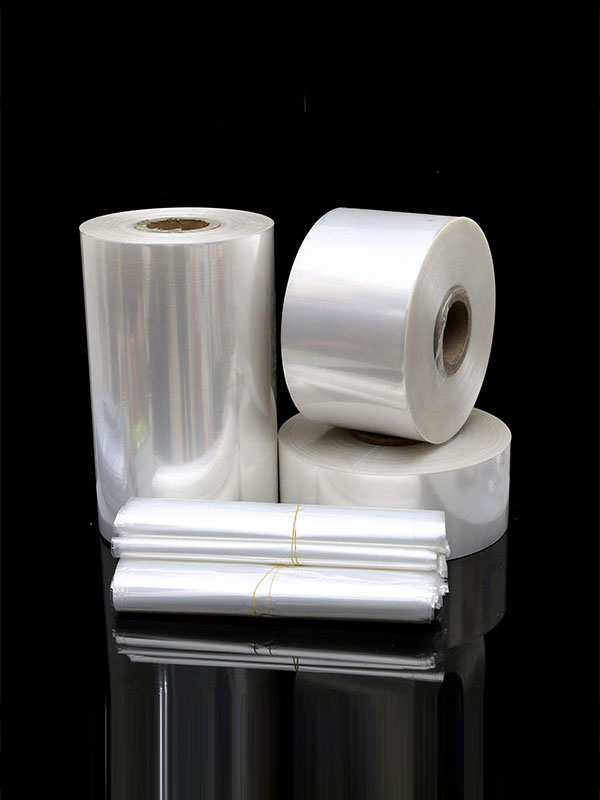The biaxial stretching process plays a pivotal role in defining the mechanical properties and overall performance of POF shrink film. This sophisticated method involves stretching the film in both the machine direction (MD) and the transverse direction (TD), a technique that aligns the polymer chains and significantly enhances the film’s characteristics. As the film undergoes biaxial stretching, its molecular structure is oriented more uniformly, resulting in increased tensile strength in both directions. This enhancement means that POF shrink film exhibits superior resistance to tearing and puncturing, making it highly durable and reliable for various packaging needs.

One of the most notable advantages of biaxial stretching is its impact on the film’s clarity and transparency. By aligning the polymer chains, the stretching process reduces the internal haze and minimizes light scattering, thereby improving the film's optical properties. This heightened transparency is particularly beneficial in packaging applications where product visibility is crucial. Additionally, the stretching process contributes to the film's impressive shrinkage properties. The pre-stressed molecular arrangement created during biaxial stretching ensures that POF shrink film shrinks uniformly and predictably when heated. This consistent shrinkage allows for a tight and smooth wrap around products, enhancing the aesthetic appeal and functionality of the packaging.
The biaxial stretching process also improves the film’s heat-sealing performance. The alignment of polymer chains results in stronger and more reliable seals, reducing the risk of package failure or leakage. This is essential for maintaining the freshness and integrity of the packaged goods. Furthermore, the enhanced flexibility and conformability of the film, attributed to the stretching process, allow it to wrap around products of various shapes and sizes more effectively. This adaptability ensures a secure and consistent seal, further reinforcing the film's suitability for diverse packaging applications.
In addition to these benefits, biaxial stretching can also enhance the film’s antistatic properties, reducing the accumulation of static electricity and preventing issues like static cling during handling. Although its impact on barrier properties such as moisture and oxygen resistance is less pronounced, the stretching process still contributes to a more uniform and dense molecular structure, which can offer marginal improvements in protection against external factors.
Overall, the biaxial stretching process is crucial in optimizing the mechanical properties and performance of POF shrink film. It imparts strength, clarity, shrinkage efficiency, and sealing reliability, making POF shrink film a versatile and effective material for a wide range of packaging applications. The combination of these attributes ensures that POF shrink film not only meets the rigorous demands of modern packaging but also provides significant advantages over alternative materials.

 English
English 中文简体
中文简体 Español
Español






